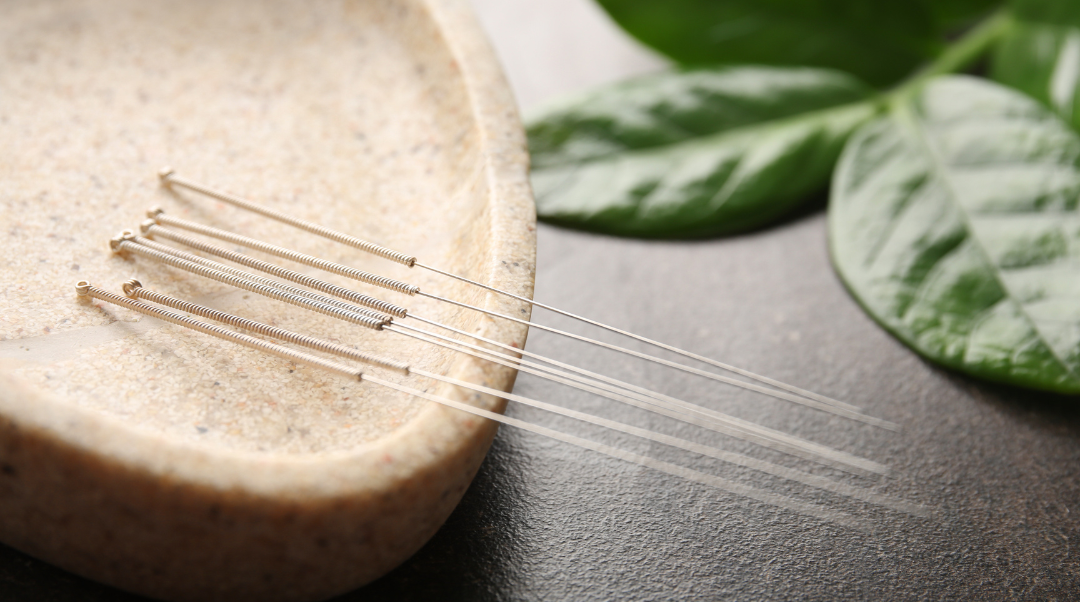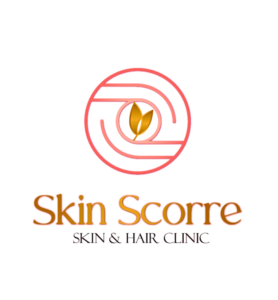What is Threads Treatment?
The Thread Lift is a popular treatment at our CQC registered Skin Clinic (Hertfordshire); those noticing that their lower face is starting to look ‘heavy’, have lost the definition around their jawline, are noticing jowls and marionette lines forming, and feel like their skin has lost its bounce and is starting to sag.
Our medical practitioners who perform this treatment are asked lots of questions during skin consultations about the Thread Lift, so I thought I’d share some of the ones we’ve been asked the most recently and those questions that have stuck in their minds.
Is It for you?
- The Thread Lift procedure utilizes PDO (Polydioxanone) threads, which have a physical lifting effect on the skin.
- PDO threads are made from complex carbohydrates that gradually break down and are safely removed from the body over time.
- While the treatment offers long-lasting results, it is not permanent, as the threads eventually dissolve.
- Before the procedure begins, the area to be treated is numbed with a powerful local anesthetic to minimize discomfort.
- A medical practitioner strategically places the PDO threads into the skin and lifts the skin to achieve the desired tightening and lifting effect.
- The placement of the threads is carefully planned to target specific areas of concern, such as sagging skin or wrinkles.
- The procedure is typically performed in a clinical setting by a qualified medical professional with expertise in thread lifting techniques.
- Recovery time is generally minimal, and patients can typically resume normal activities shortly after the procedure.
- It’s important to follow post-procedure instructions provided by the medical practitioner to optimize results and minimize the risk of complications.
Steps
- The Thread Lift procedure begins with the application of local anesthesia to numb the areas designated for treatment.
- A small instrument, such as a thin cannula or needle, is then used to insert the PDO threads below the skin’s surface.
- The insertion of the threads is performed strategically to target specific areas of concern, such as sagging skin or wrinkles.
- The entire process typically takes approximately 30 to 45 minutes to complete.
- After the procedure is finished, the patient is usually free to return to work or resume their normal activities.
- While some minor swelling, bruising, or discomfort may occur following the Thread Lift, these side effects typically resolve within a few days.
- It’s essential to follow any post-procedure instructions provided by the medical practitioner to ensure proper healing and optimize results.
- Results from a Thread Lift can vary depending on individual factors such as skin elasticity and aging, but many patients experience noticeable tightening and lifting effects that can last for several months to a year.
Post Care
- For 8 hours post-treatment avoid vigorous activity.
- Strenuous exercise for 1 week after facial treatments and 2 weeks after body treatments.
- For 10 weeks post treatment, avoid Radio-frequency (RF) or any heat producing device (laser/IPL) treatments of the area treated with threads.

Popular Questions
Threads will last a different amount of time for different people; it depends greatly on factors such as an individual metabolic rate. However, there will be threads of different quality.
At our skin clinic in Hertfordshire, we predominantly use Honey Derma threads which are from a reputable medical-aesthetic supplier based in the UK. We like to use their threads because they have a 360-degree cog thread which provides greater lifting than standard barbed threads.
Yes, although, they can improve in the months following the Thread lift as new collagen in stimulated, resulting in smoother, firmer skin.
This treatment should not be painful. At our skin clinic, we always use local anaesthetics, so our clients are comfortable throughout their treatment. What you are likely to feel is pressure and movement in the area being treated.
This depends on what you want to achieve and which treatment you are a better candidate for; this would become clearer after an assessment and skin consultation. Let’s discuss both options…
The mini facelift is a surgical procedure which is performed by a surgeon who will make cuts in your skin and pull the tissues up to tighten the appearance of the lower part of your face and cut away any excess tissue. After the treatment, you may have some scarring where the skin was cut, but usually, the surgeon will try to make this as minimal as possible.
